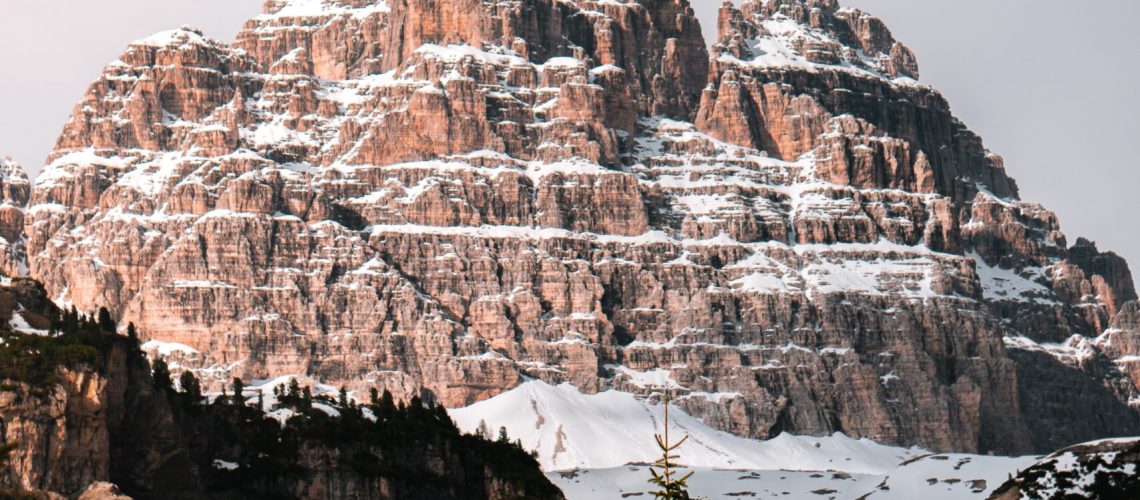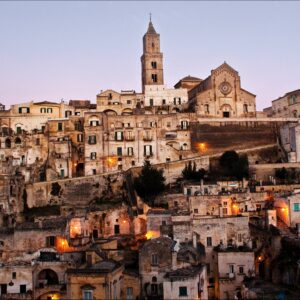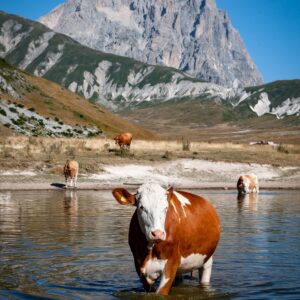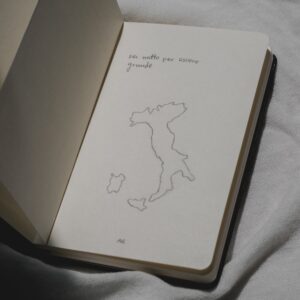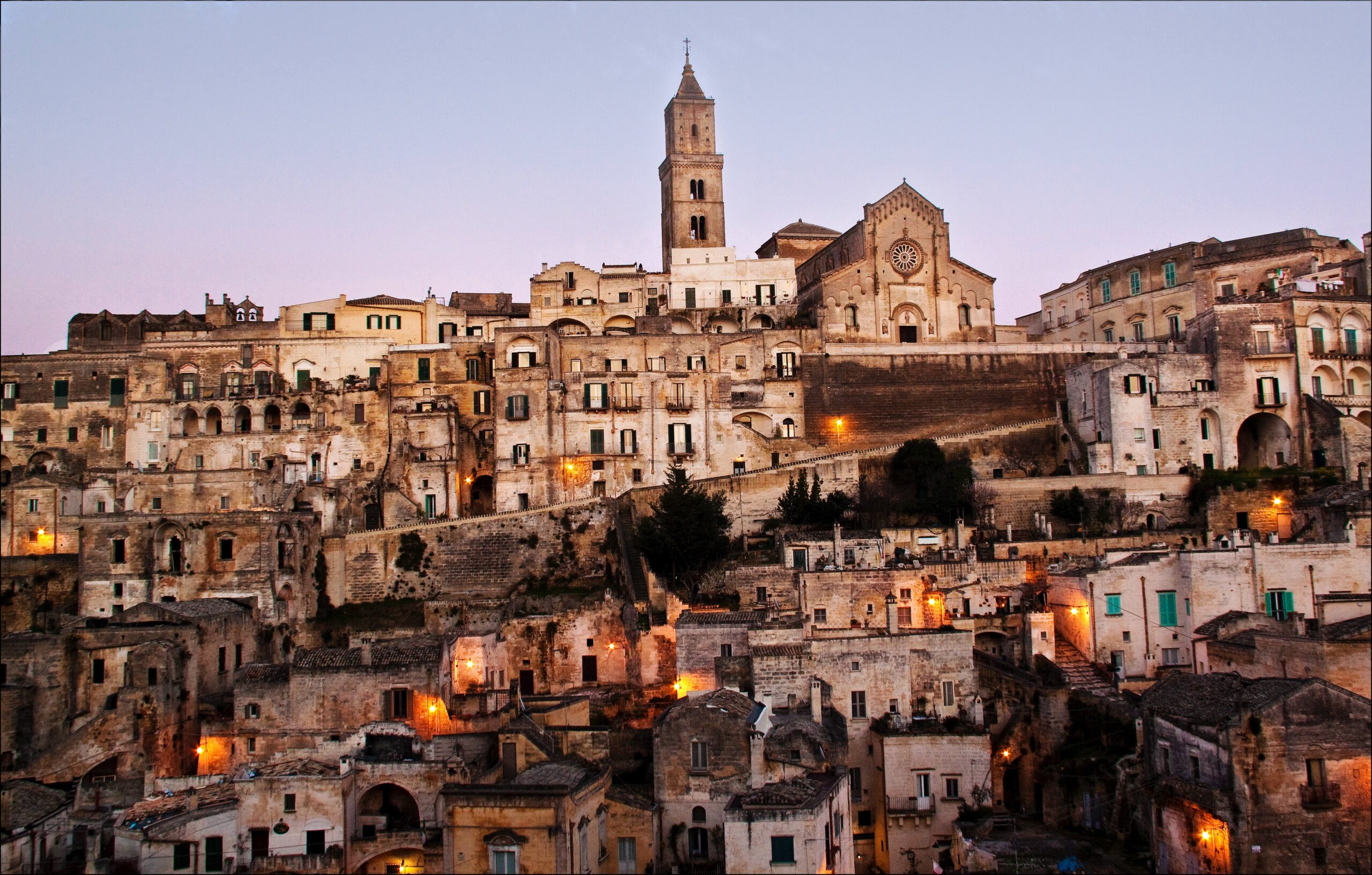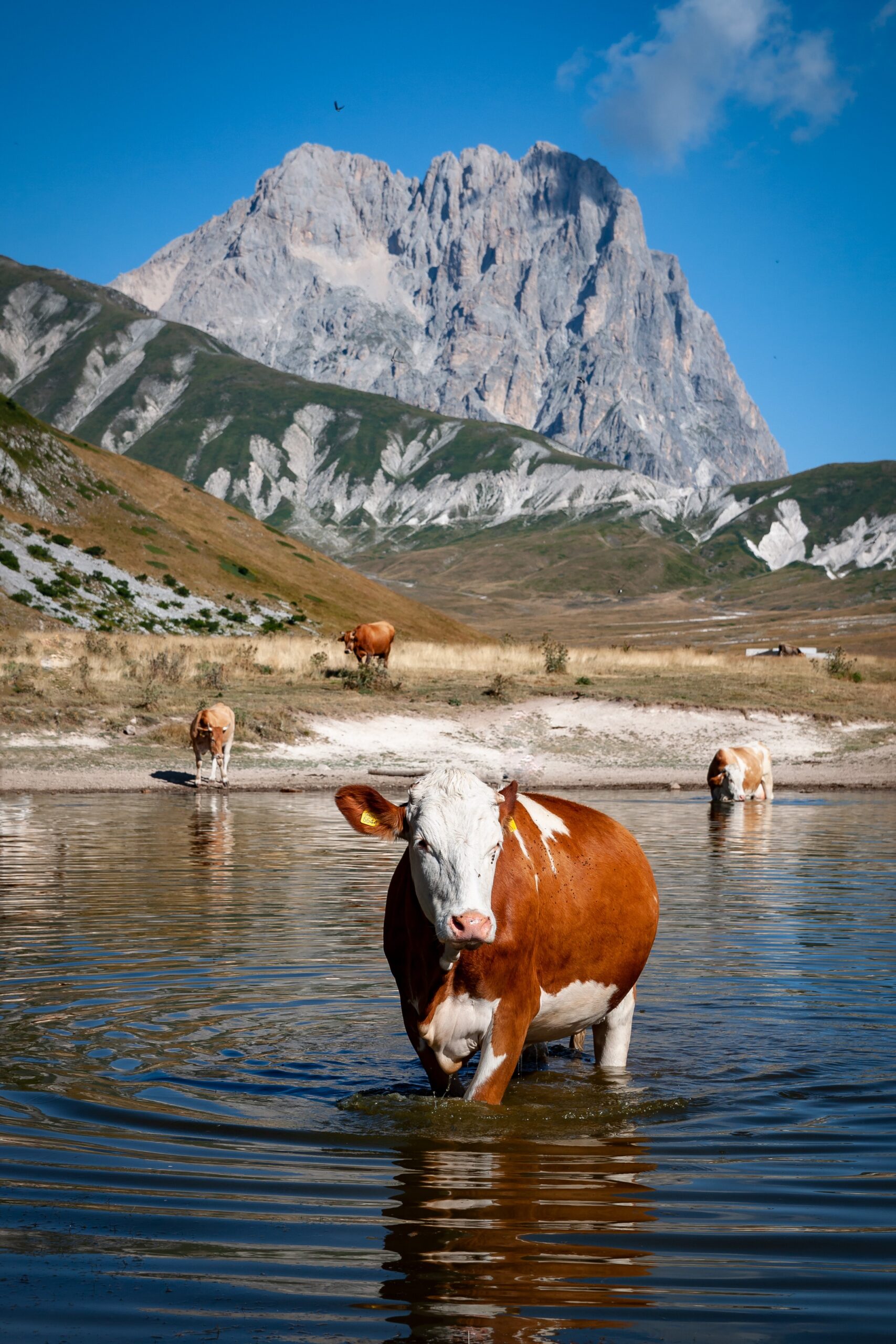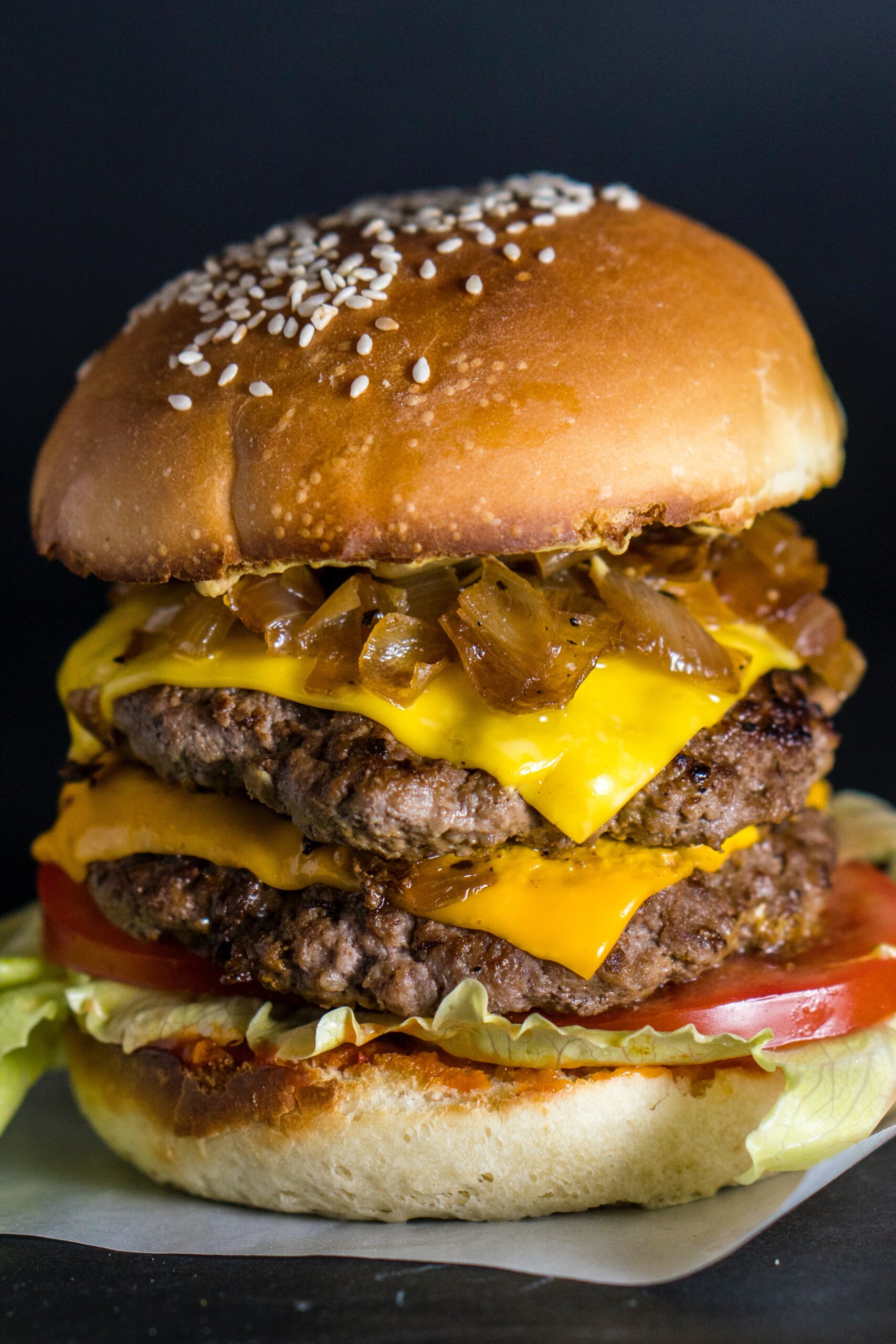Trentino-Alto Adige would deserve two distinct articles: one for Trentino, the southern part of the region, corresponding to the province of Trento, where Italian is the most spoken language, and one for Alto Adige/Südtirol, the more northerly province of Bolzano/Bozen, officially bilingual but of Germanic culture in practice.
The region as a whole lies to the west of Veneto and to the east of Lombardy, but only stretches from Italian northern border to the northerly tip of Garda Lake.
The notable cultural difference between its two provinces is reflected by respective wine heritages, very different in terms of offer and quality level.
Vineyards and wines of Trentino-Alto Adige
Trentino is most famous for the production of quality, traditional method sparkling wine.
Pretty large quantities of still wines are also produced, both from local and international varieties, often by cooperatives.
For this reason, vines are planted both on foothills and on the large Adige river valley floor, but have different destinations. The highest, fresher sites house Pinot Nero and Chardonnay vineyards meant to produce Trentodoc, and lower warmer sites are planted with other varieties, including highly regarded Teroldego for quality production.
Alto-Adige/Südtirol production is nowadays more focused on quality – and by nowadays we mean last thirty years or so – so vineyards are only located on the foothills, where ripeness, concentration and full aroma development are more easily achieved.
Valley floors, here, are dedicated to the real flagship agricultural product of the province: apples.
Wine styles in Trentino-Alto Adige
Not for Germans only anymore
As mentioned before, Alto Adige/Südtirol hasn’t always been dedicated to the wines and varieties that are produced today.
The region was historically connected with central European German speaking areas, for which it represented a source of light red wines from Schiava/Vernatsch, actually a group of varieties that all give light coloured reds, currently being reconsidered. Schiava/Vernatsch is so linked to the local wine production that it still is the base of six local (sub)appellations.
With the turn of the tide towards a higher quality winemaking, German philosophy was not abandoned, and the region kept on focusing on varietal wines, rather than on blends (which are, however, allowed and successfully produced), but the production switched to the crispy, concentrated, ageworthy varietal whites it is currently known for.
Wines from international varieties like Sauvignon Blanc and Riesling are highly regarded, in Italy, when coming from Alto Adige/Südtirol, and the region is among the best places on earth for Pinot Blanc (Weißburgunder), especially considering the consistency by which great examples are found here. Aroma concentration and structure achieved here allow many producers to mature, and often ferment, their top wines in oak.
Red wines are still produced in the area around Bolzano/Bozen, surprisingly one of the hottest towns of Northern Italy, in summer. Despite its northerly latitude, the town is surrounded by mountains that act as a heat-trap. Porphyry soils do the rest and allow black varieties, including local Schiava/Vernatsch and Lagrein, to ripen regularly.
Most appreciated red wine of Alto Adige/Südtirol is Pinot Noir/Blauburgunder, which found a homeland of choice around the village of Montagna, to the south-east of Bolzano/Bozen.
The area around Termeno/Tramin and the Lake of Caldaro/Kaltersee is also known for the production of quality wines from both white and black grapes.
… But still German-inspired!
Although less than 2% of Alto Adige/Südtirol vineyards are planted to Riesling (officially, just 98 ha), the province of Bolzano is the place to go to find some of the best Italian examples.
This cool climate variety is found in the area since at least the XIX century, but it’s only after the “white shift” happened in the Nineties that it is planted on the poor in nutrients, higher in altitude and northerly vineyards of Val Venosta/Vinschgau and Val d’Isarco/Eisacktal. In these cooler conditions, Riesling develops a wide range of aromas while retaining a lively acidity. Usually fermented to dryness, it results in elegant, long aging wines, quite full in body.
Cooler, northerly sites of the region are also the home of other German varieties, such as Sylvaner, Müller-Thurgau and (Grüner) Veltliner.
Aromatic international varieties like Sauvignon Blanc and Yellow Muscat also perform very well in these conditions.
Although DOC rules allow – and somehow encourage – the production of blended wines, most of Alto Adige winemakers stick to German tradition and bottle mainly varietal wines.
Southerly side of North
From the Italian point of view, Trentino-Alto Adige is a very northerly region, but from the point of view of its inhabitants, the province of Trento is “the hot south”.
The area is, indeed, esteemed for the wines made from the local varieties Teroldego and Marzemino, but international black grapes like Merlot and both Cabernets also thrives and are included in the production guidelines of local red wine Trentino DOC rosso.
Marzemino can only be produced in the same-named subzone, within which the sub-areas of Isera and Ziresi are said to be the source of the best wines. Indeed, wines carrying these further appellations have more strict production guidelines.
Teroldego can only come from the “Piana Rotaliana”, the large valley to the north of Trento, in which heat is trapped by surrounding mountains and allows the grapes reach the right concentration and maturity nowadays expected from this wine.
However, we’re still in the North and most planted varieties are by far Chardonnay and Pinot Grigio (slightly more than 25% of plantings each, i.e. more than half of the vineyard area alone); They are usually made into fresh, light, varietal wines, but it has to be noted that Chardonnay grown for high quality sparkling wine also counts in the statistics.
Most interesting white from Trentino, however, comes from an indigenous variety.
Sweet tooth for nuttiness
Nosiola is a pretty rare, local white variety that takes its name from the corruption of the Italian word for hazelnut: “nocciola”. A careful taster can, indeed, identify some nuttiness in the flavour profile of the wines made from it.
This character is more evident when the wine is older and/or when it is more concentrated. That’s exactly the case of local Vino Santo (not to be confused with Tuscany’s Vin Santo, still two words, but without the “o” in “vino”), a long aged, sweet wine made from air-dried grapes of Nosiola, that is considered among Italy’s finest dessert wines.
Spark like a pro
Trentino is, however, universally known for being the home of Trentodoc, a successful traditional method sparkling wine produced from Champagne varieties grown on fresher, hillsides vineyards.
Although related DOC was only created in the Nineties, its history dates back to the beginning of the XX century, when oenologist Giulio Ferrari sensed his land’s potential and created a sparkling that mirrored France’s most famous one as much as possible, not only for what concerned grapes used and production method, but also with regards to vine growing techniques and aging time.
Typical wine and food pairings in Trentino-Alto Adige
Cultural differences between the provinces of Bolzano/Bozen and Trento are slightly blurred when it comes to culinary traditions, because of two main reasons.
Historically, because raw materials available have always been similar. Climate, and the fauna and flora thriving in it, and lifestyle were not so different. Nowadays the offer of the two provinces is getting more and more homogeneous because of the huge number of tourists that visit the region and expect to find everything everywhere, with shops and restaurants meeting such a vague demand.
Their typical small “gnocchi” are called Spätzle in Trentino and Spaten in Alto Adige/Südtirol (and are found more or less in the whole central Europe around parallel 48°!). Wine pairing largely depends on how they are dressed, but they rarely can stand local reds.
Interestingly, in Trentino they tend to be served as a first course, while in Alto Adige/Südtirol they are often served as a side dish, similarly to what is done in other German-speaking areas of the Alps.
Canederli or Knödel, on the other hand, are often more savoury and structured, thanks to the cured meat they contain, so they can be enjoyed with a fine Marzemino.
To uncork a modern, concentrated Teroldego, conversely, better to have a richer dish of game or roasted pork. They are both common in local menus thanks to luxurian forests and the number of breeding farms in the region.
Some rustic Schiava can be chosen to warm the guts up when having a portion of Hirtenmakkaroni. This pasta dish’s name reveals it’s not much authentical of Alto-Adige/Südtirol, being the product of the forced mixture with Italian culture, but it’s definitely a favorite in mountain huts, where it fills stomachs with its rich ingredients: cream, ham, peas, mushrooms and minced sausages.
Gerstensuppe is a vegetable and barley soup that is more common in Alto-Adige/Südtirol, but that matches well with a dry Nosiola.
Conversely, Carne salada is cured meat typical of Trentino, but it is often so delicate that it will easily match with Pinot Nero.
Although in both provinces traditional desserts and cakes are produced (Zelten is a sort of pudding so rich and nutritious that its name comes from “selten”, the German word for “seldom”, that is when it’s recommended!), Vino Santo from Nosiola is so rare and precious, it is better to be tasted alone.
Photo by Derek Sutton on Unsplash
